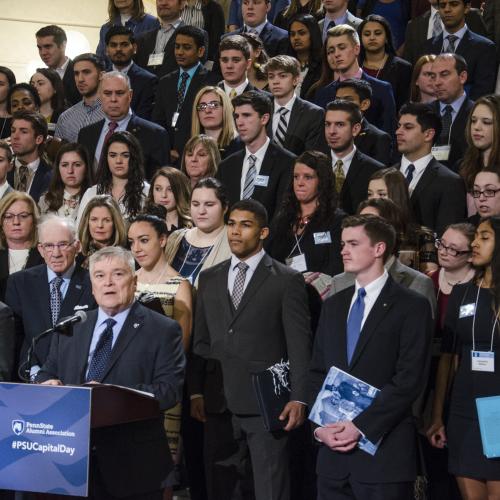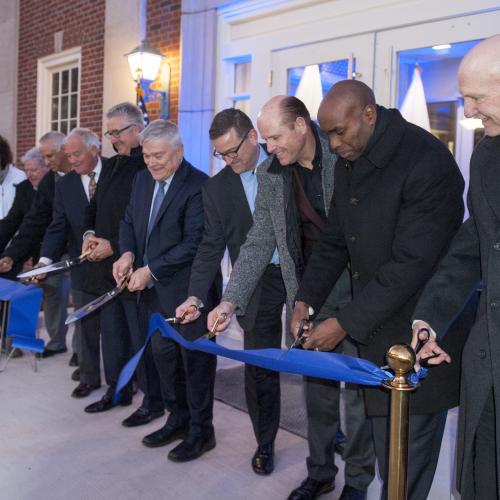Penn State President Eric J. Barron's wide-ranging efforts have touched nearly every facet of campus life, including promoting greater access and affordability; bolstering the University's support for student veterans; positioning Penn State as a hub for innovation and entrepreneurship across the commonwealth; and growing the University’s world-class research enterprise.
He has been a leader on the national stage, serving on a number of high-profile organizations and efforts, including promoting higher education’s work in community and economic development, helping to pass laws that promote safety in fraternities and sororities, and advocating for the success of student-athletes.

